Harold Mortimer-Lamb (1872, Surrey, England–1970, Burnaby, British Columbia)
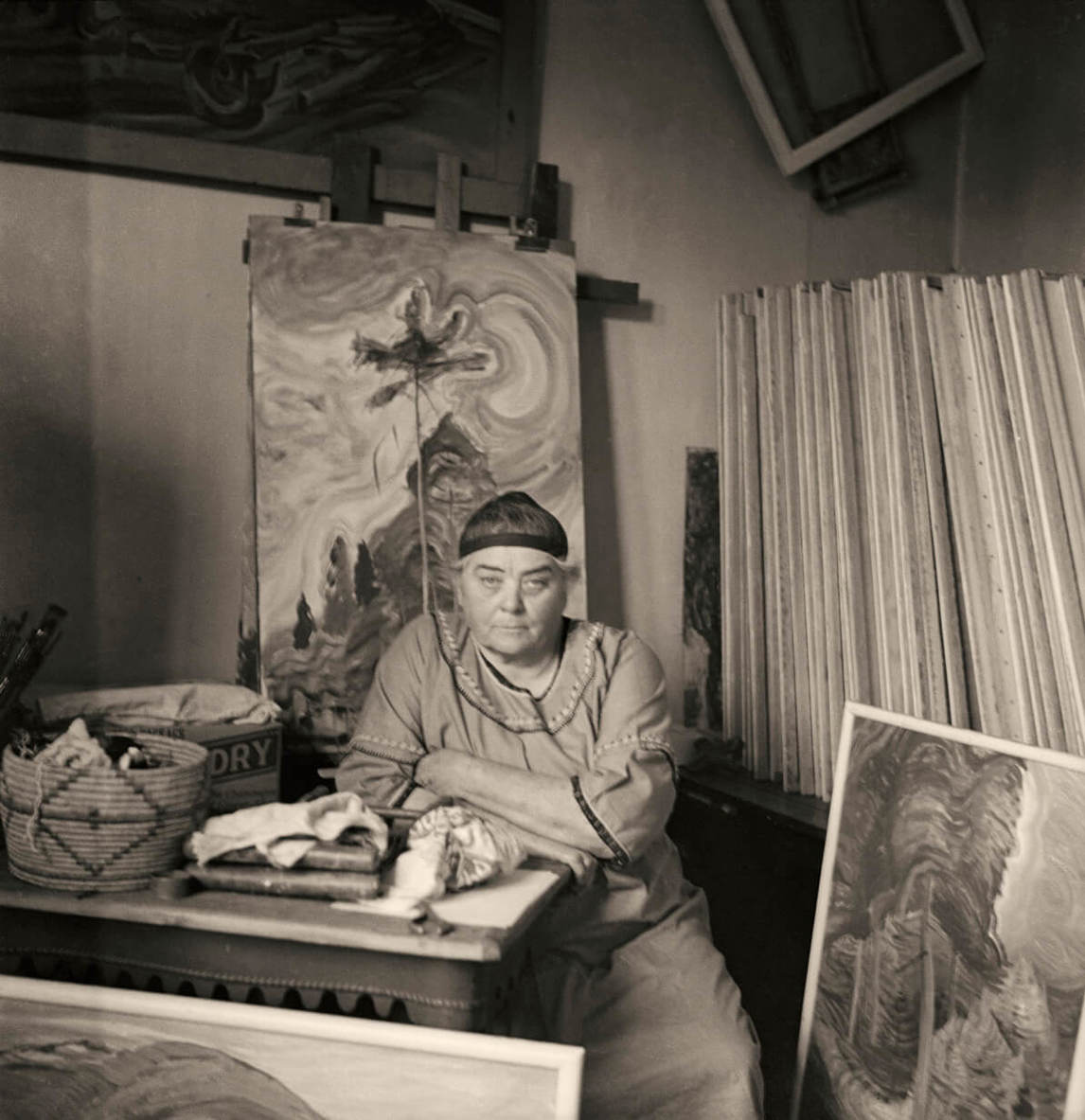
Emily Carr in her studio, c.1939
Black and white photograph, 35.7 x 27.8 cm
Art Gallery of Greater Victoria
Harold Mortimer-Lamb (1872–1970) took a photograph of his friend Emily Carr (1871–1945) near the end of her life that is today recognized as one of the most famous portraits of the artist. Mortimer-Lamb’s sepia-toned image pictures the figure of a serious, world-weary Carr wearing a smock and cap and seated in her studio. He heightens the contrast between the artist and her art by positioning Carr in front of one of her lively, soaring forest landscapes. The work reflects both his achievements as a photographer and his position as a central figure in modern art in British Columbia.
After immigrating to Canada from England as a teenager, Mortimer-Lamb built a successful career as a journalist and mining industry executive. He was also an avid amateur photographer who used his social position and financial resources to develop the national art scene. As a prominent member of the Pictorialist movement, he exhibited work at home and abroad while also ensuring his work and that of other Canadian photographers was included in leading publications.
Like other Pictorialists, Mortimer-Lamb experimented with papers and printing techniques to enhance the soft, romantic quality of his technically adept photographs, as can be seen in images such as The Pool, c.1907, and Southam Sisters, Montreal, c.1915–19. He also became fascinated with the potential of nighttime exposures and successfully overcame the technical challenges this work posed in the early twentieth century. Mortimer-Lamb wrote about these experiments, photography as an art form, and art criticism for international photography journals and for the Pictorialist publications Photograms of the Year and the Studio. As well, Mortimer-Lamb organized salons of painters and photographers and became an important collector while serving as head of the Mining Association of British Columbia, and then as the secretary of the Canadian Mining and Metallurgy Institute in Montreal.
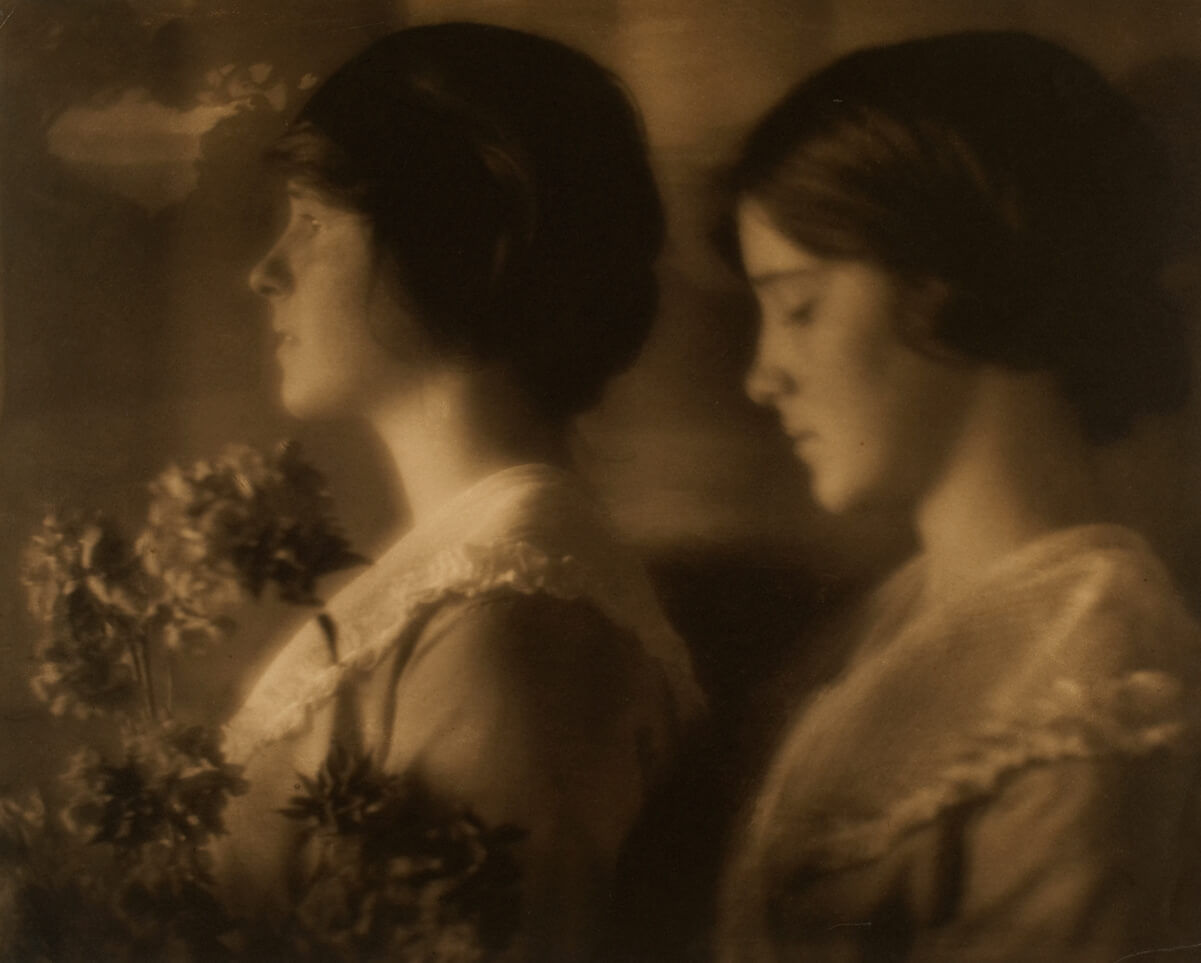
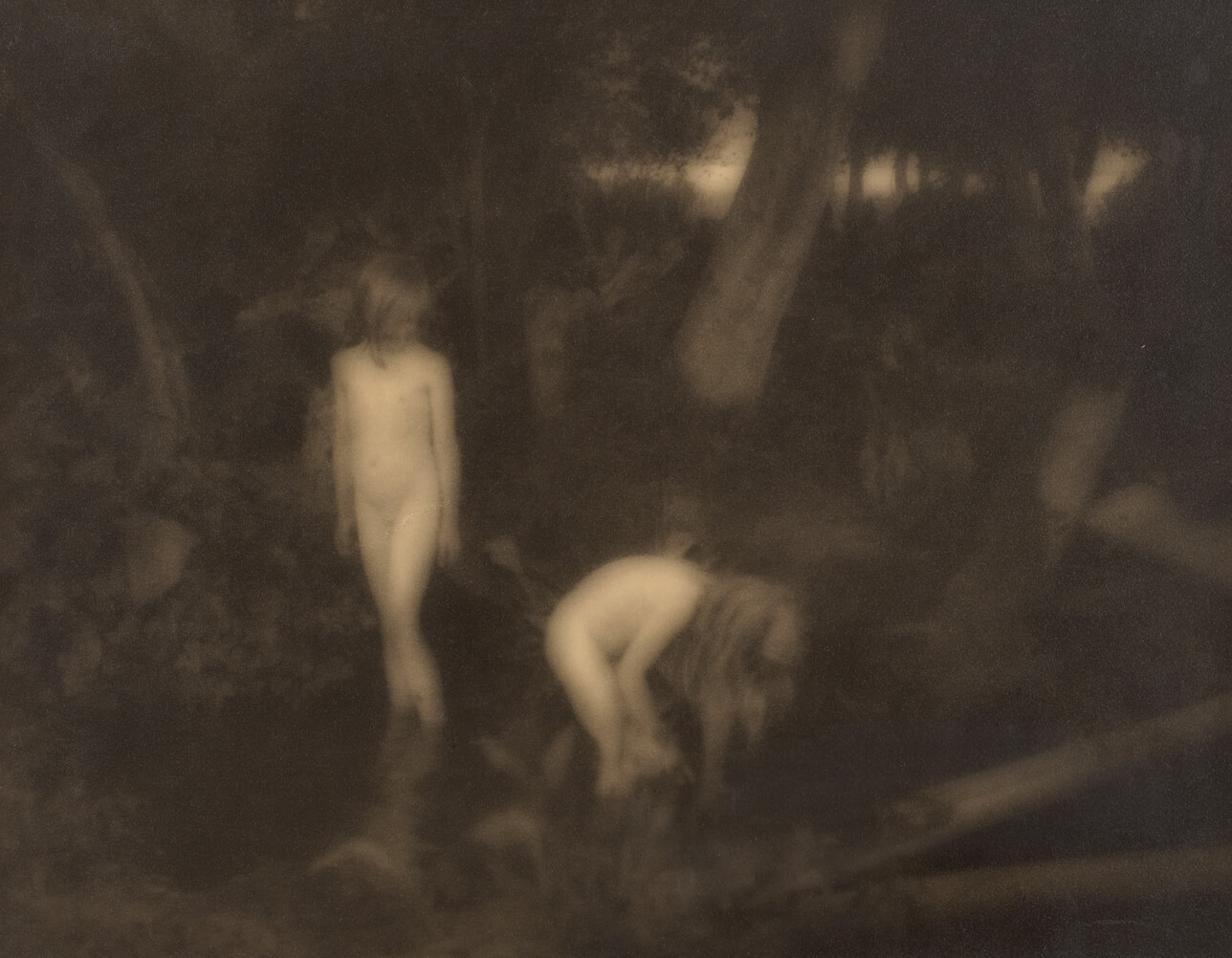
Mortimer-Lamb entered into partnerships to found two important commercial photo studios that also functioned as exhibition and gathering spaces. He founded one studio with Sidney Carter (1880–1956) in Montreal in 1906, and the other with John Vanderpant (1884–1939) in Vancouver in 1926. In both cases the partnerships were short lived, but Vanderpant carried on the Vancouver gallery without Mortimer-Lamb. And in 1907, Mortimer-Lamb and Carter organized the first major Canadian exhibition of Pictorialist work. When he returned to British Columbia in the 1920s and 1930s, Mortimer-Lamb continued to connect with and support artists by helping to establish both the Vancouver School of Art and the Vancouver Art Gallery. During his stay in Montreal, Mortimer-Lamb became an avid painter. His youngest daughter was the artist Molly Lamb Bobak (1920–2014).

 About the Authors
About the Authors
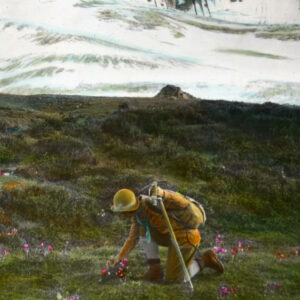 More Online Art Books
More Online Art Books
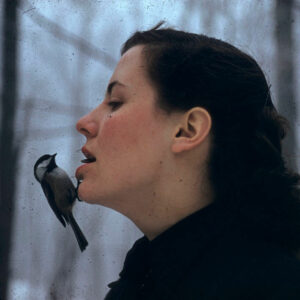 Acknowledgements
Acknowledgements